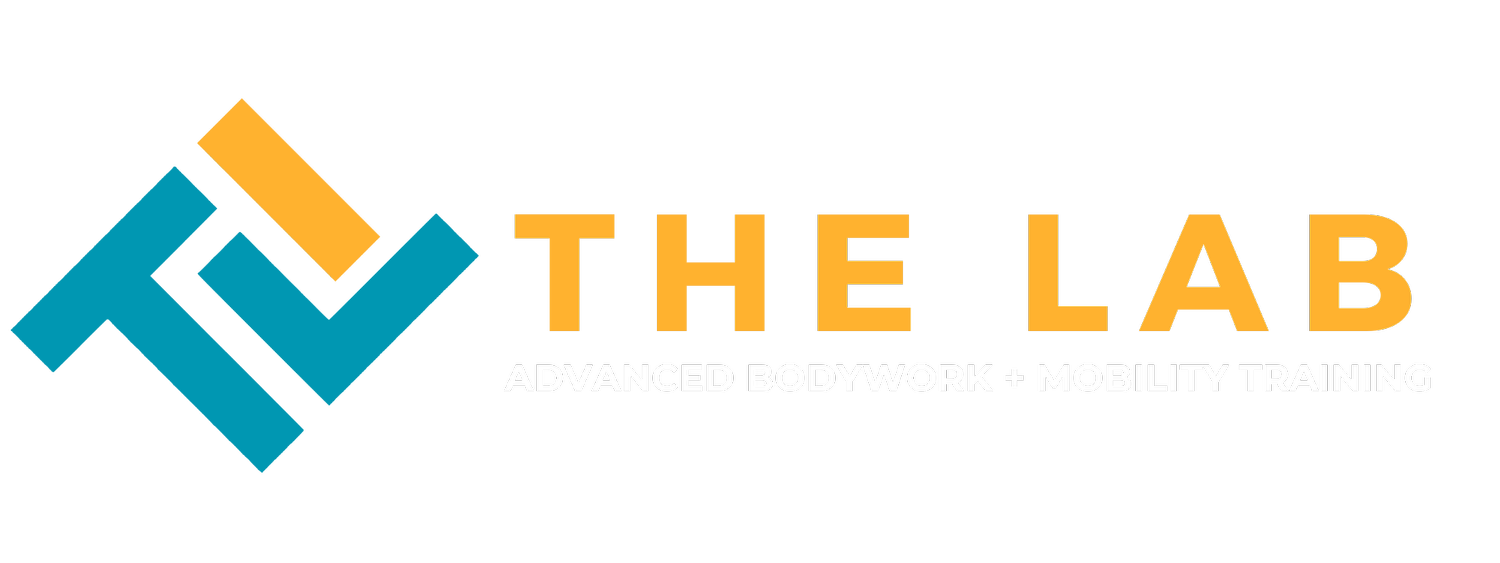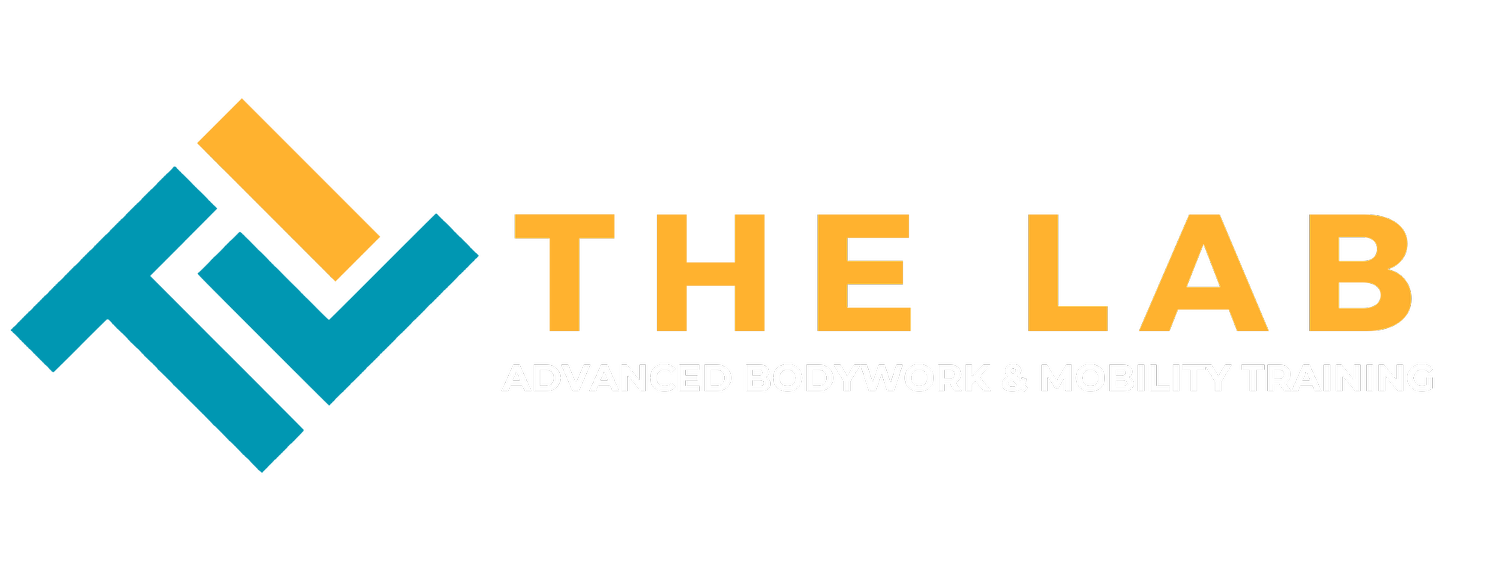Beyond the Wobbles: How to Fortify Your Balance Muscles from the Ground Up!
Alright, Creaky Movers, last week we had a heart-to-heart about the surprising importance of balance – not just for ballerinas, but for every single one of us (especially as the years add character to our journey!). We talked about those alarming fall statistics, the unsung heroism of your toes, and how your incredible brain is always ready to learn new tricks (hello, neuroplasticity!).
But knowing why balance matters is only half the battle. This week, we're diving into the how. How do you actually keep those crucial balancing muscles strong and mobile, ready to spring into action when gravity decides to play dirty? It's time to build your personal anti-wobble fortress, starting from your foundation: your feet!
The Ground Up: Feet, Ankles, Knees, and Hips
Think of your body as a magnificent, interconnected chain. Each link needs to be strong and mobile for the whole system to function smoothly. When it comes to balance, this chain starts at your toes and moves all the way up to your hips. Neglect one link, and the whole system gets wobbly.
1. Your Feet & Toes: The Unsung Superheroes of Stability
As we highlighted, your toes are far more vital for balance than you might imagine. They're your primary sensory input to the ground, giving your brain crucial information about where you are in space. If they're stiff or weak, that information gets garbled, leading to less reliable balance.
Why they're crucial: Your intrinsic foot muscles (the little ones inside your foot) support your arches and control the subtle movements of your toes. They're like tiny, highly specialized antennae constantly gathering data.
Exercises to try:
Toe Splay/Lift: While standing, try to lift only your big toe while keeping the others down. Then try to lift only the four smaller toes while keeping the big toe down. Follow by trying to splay all your toes wide like a fan and then “piano” them down, one toe at a time starting with the pinky. (It's harder than it looks, but so worth it!). Do each movement 5 times.
Toe Crunches: Seated on the floor, legs out in front of you, crunch the toes into flexion, then pull them back toward you in extension and splay (fan) them out. Do this for 1 minute.
Hacky Pickup: Place a hacky sack or balled up sock on the ground and pick it up with your toes, and lift it up to grab with your hand. If you are unable to reach the hacky with your hand, lift your knee as high as possible, then drop hacky back onto the floor. This requires balancing on one leg so be near a wall just in case of any wobbles. Do this for 1 minute per foot.
2. Ankles: Your Body's First Shock Absorbers
Your ankles are incredibly complex joints, designed for both mobility and stability. They need to be able to flex, extend, and rotate to absorb impact and adapt to uneven surfaces. Stiff ankles mean your knees and hips have to pick up the slack, which can lead to trouble up the chain.
Why they're crucial: Ankle mobility allows for smooth transitions in gait and provides crucial feedback for proprioception (your body's sense of its position in space).
Exercises to try:
Ankle Circles: Sit on the floor and slowly move your foot through the entire range of motion, moving only from your ankle - contract your quadricep muscles to ensure they don’t try to help your ankles in the movement. Slow and controlled is the name of the game. Really feel the muscles working as you circle through. Do this clockwise and counter-clockwise for 1 minute each direction.
Calf Raises: Near a wall for balance, stand with feet hip-width apart. Slowly raise up onto the balls of your feet, lifting your heels as high as you can, then slowly lower. This strengthens the muscles that support your ankles. Do this for 1 minute. (For a real burner, try doing single-leg calf raises for 1 minute each leg.)
Dorsiflexion/Plantarflexion: While seated, put an ankle weight on each of your feet. Pull your toes towards you (dorsiflexion) and push them away (plantarflexion). Really squeeze those muscles at each end range. Do this for 1 minute.
3. Knees: The Pivotal Joint (Literally!)
While knees primarily move in a hinge-like fashion (bending and straightening), they also rotate (internal and external rotation) and the muscles surrounding them play a huge role in their stability, which directly impacts your balance. Weak quads, hamstrings, or glutes can lead to knee instability and affect your ability to react to a wobble.
Why they're crucial: Strong muscles around the knee absorb shock and provide dynamic stability, preventing unwanted twisting or buckling.
Exercises to try:
Knee Rotations: Seated, grab behind one knee with both hands. Pull your toes toward your nose to lock the ankle in place. Then rotate your foot in and out, taking your shin bone into internal and external rotation at the knee. Repeat for 1 minute per leg.
Mini-Squats: Stand with feet hip-width apart, gently push your hips back as if sitting into a chair, bending your knees only slightly (a quarter squat). Keep knees tracking over toes. Repeat up and down for 1 minute.
Wall Sits: Lean your back against a wall, slide down until your knees are at a 90-degree angle (or shallower if needed), and hold. It's an isometric powerhouse for your quads! Hold for as long as possible!
4. Hips: Your Powerhouse of Balance and Movement
Your hips are the command center for lower body movement and a major contributor to dynamic balance. Strong hip abductors (outer thighs) and glutes help stabilize your pelvis, especially during single-leg activities (like walking!). Weak hips can lead to a "waddle" and a much higher risk of falls.
Why they're crucial: Hips provide the power for walking, climbing stairs, and reacting quickly to shifts in balance. Good hip mobility allows for full range of motion without compensating elsewhere.
Exercises to try:
Clamshells: Lie on your side with knees bent and stacked. Keeping your feet together, open your top knee like a clamshell and squeeze those muscles at the top, then slowly lower. Ensure that your pelvis stays stacked on top of each other throughout the entire movement. It’s common to compensate by rolling back when opening your top knee. Do this for 1 minute each side.
Glute Bridges: Lie on your back, knees bent, feet flat. Lift your hips off the ground until your body forms a straight line from shoulders to knees. Squeeze those glutes! Hold your bridge for as long as possible!
Lateral Band Walks: Place a resistance band around your ankles or just above your knees. Get into a slight squat and take small, controlled steps sideways, keeping tension on the band. 10 steps each way
The Foundation Beneath: The Importance of Proper Footwear
You can do all the mobility and strengthening exercises in the world, but if your footwear is fighting against you, you're building on shaky ground. Think of your shoes as your external foundation.
Traditional shoes often feature narrow toe boxes, elevated heels (even slight ones), and excessive cushioning and arch support. While seemingly comfortable, these features can actually weaken your foot muscles, inhibit natural toe splay, and alter your gait.
Natural or "barefoot" shoes aim to mimic the barefoot experience and should be:
Transitioning from traditional shoes to natural shoes is a process. Don’t rush it! Look for transitioning tips in next week’s blog!
The Bottom Line: Consistent Care for Confident Steps
Keeping your crucial balancing muscles strong and mobile isn't about being a gym rat; it's about consistent, intentional care for the amazing machine that is your body. Incorporate these exercises into your daily routine, pay attention to what you put on your feet, and you'll be well on your way to moving with greater ease, confidence, and far fewer unexpected encounters with the floor!



